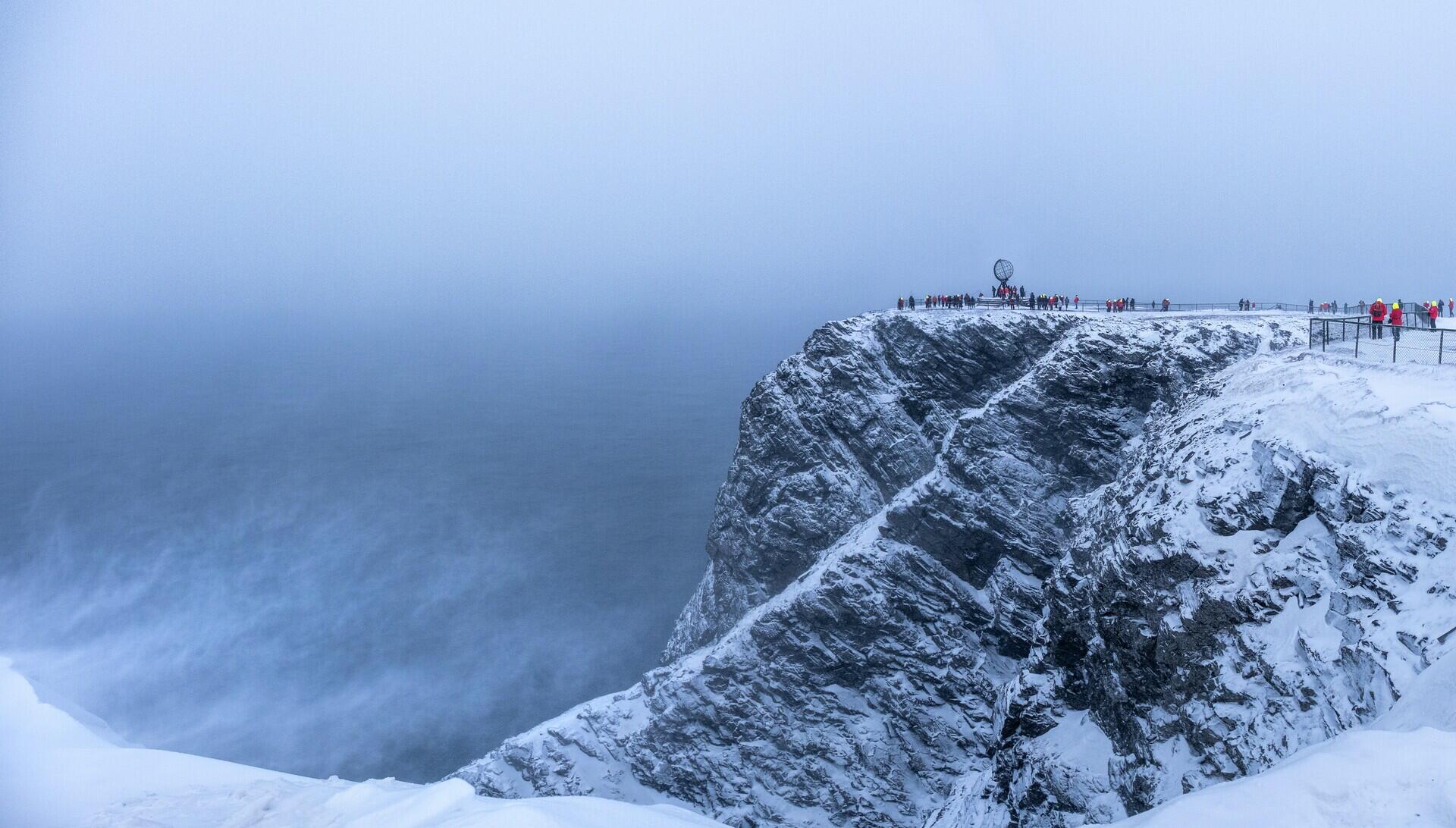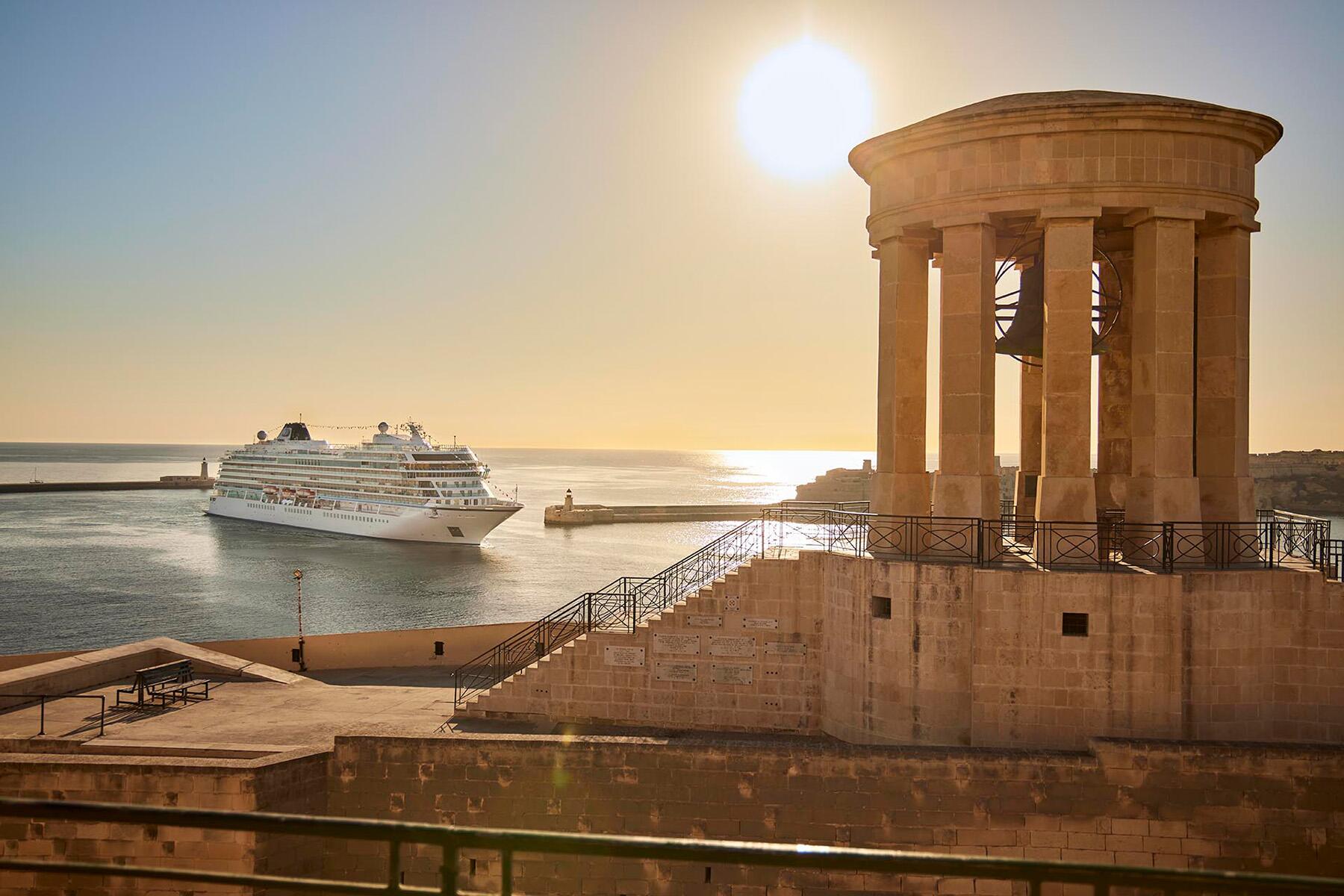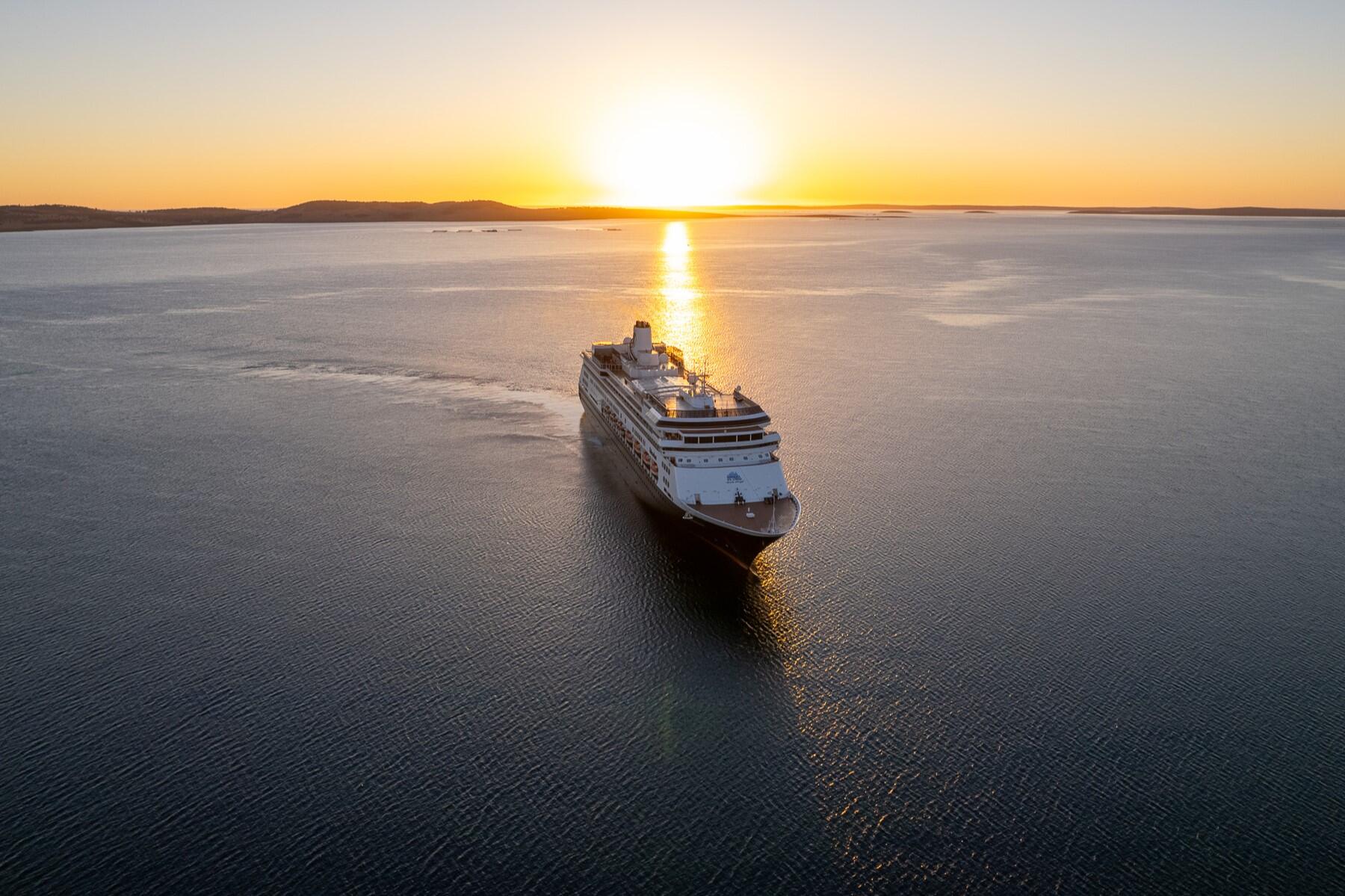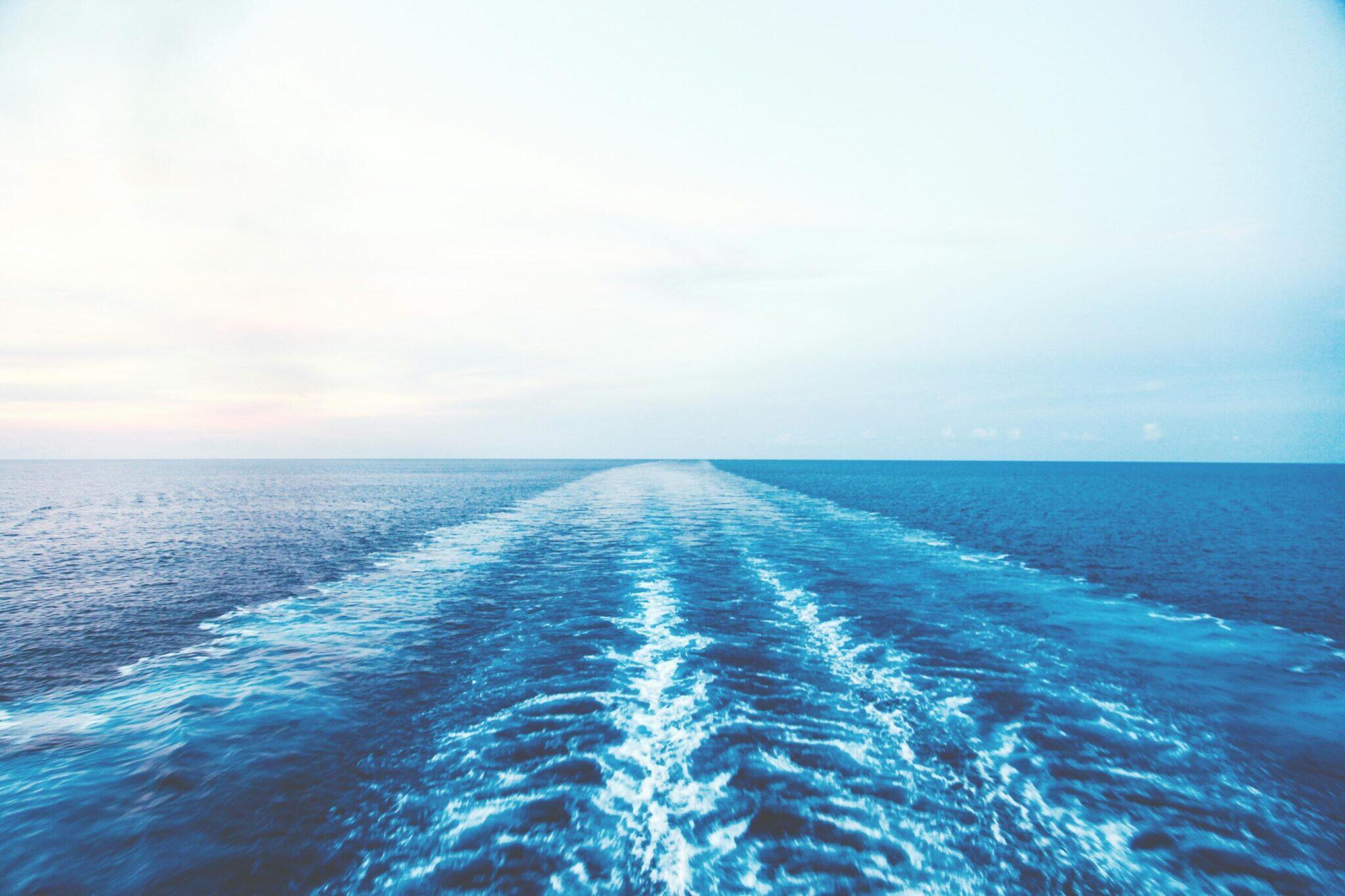Eat, drink, see, and sail.
One of the most popular European river itineraries begins in Amsterdam and ends in Basel, cruising primarily on the Rhine River in Germany. It’s an unforgettably scenic journey that can be done virtually anytime between the beginning of the main river cruise season in April through Christmas market season in December. You’ll visit cities in Germany, France, and Switzerland, getting to see some picturesque and historic destinations, not to mention the opportunity to sample excellent cuisine and wine, since the cruise goes through the heart of Germany’s main wine region. I experienced this off-season earlier this year on Viking River Cruises‘ newest ship Viking Hild, when the crowds still weren’t excruciatingly large and when hearty German and Alsatian specialties hit the spot after a chilly day of sightseeing.
Top Picks for You
Amsterdam
WHERE: Netherlands
Most Rhine cruises either begin or end in Amsterdam, which is also a convenient gateway to Europe, not to mention one of the country’s most fascinating cities. Amsterdam is famous for its canals but also as the hometown of Rembrandt, and a don’t-miss attraction is the magnificent Rijksmuseum, which is filled with the artist’s work of as well as other Dutch Masters. If you aren’t into art, then a visit to the sobering Anne Frankhuis will give you insight into the lives of the young girl and her family who sought refuge from the Nazis at the outbreak of World War II in a secret apartment above her father’s business.
If you are looking for a place to hang your hat for a night or two before or after your cruise, consider the Mövenpick Hotel Amsterdam, right on the banks of the River Ij and within easy walking distance of most of the mooring points for the various river cruise ships that call here. What it lacks in Dutch character is more than compensated for in convenience (there’s even a shuttle to the central station).
Kinderdijk
WHERE: Netherlands
If you are lucky enough to have a cruise itinerary that stops at or near Kinderdijk, you’ll have the opportunity to see the UNESCO World Heritage-designated windmills that used to pump water out of the Alblasserwaard polder, an operation now accomplished by a modern pumping station (which is also worth stopping by to see). Keepers still live and work in all the windmills, and the 19 windmills here are kept in working order. It’s worth taking a short boat trip on the river to see them from a different angle; you can also walk along the paths and visit them (at least one interior will be open on any given day). You’ll also see a presentation on the history of windmills in the Netherlands in the visitor center.
INSIDER TIPThe windmills aren’t always operating every day of the year, but they almost always turn on Saturday afternoons in July and August (as long as there is wind), on National Windmill Day (the second Saturday in May), and on National Monuments Day (in mid-September).
Recommended Fodor’s Video
Cologne (Köln)
WHERE: Germany
Without a doubt, the magnificent Gothic Dom (cathedral) in Cologne is a highlight of any visit to Europe. Begun in 1248, the cathedral wasn’t finished until 1880. The two towers were briefly the tallest structures on Earth. If you don’t care for grand churches, then the largest city on the Rhine offers myriad opportunities to wander and shop. Try some of the local Kölsch beer. The city was mostly destroyed during World War II, so the rebuilt Old Town is actually a mishmash of old and new, but it’s an atmospheric and interesting place to stroll.
INSIDER TIPEau de Cologne No. 4711 was invented here in the 18th-century by chemist Johann Maria Farina. His company, Glockengasse is still headquartered here, and its flagship store still sells its perfumes and has a historical exhibition.
Koblenz
WHERE: Germany
Sitting at the confluence of the Rhine and Mosel rivers, Koblenz is famous for the grandiose Deutsches Eck (Germany Corner), a giant statue of Kaiser Wilhelm I from 1897 right at the confluence. More interesting is Festung Ehrenbreitstein, Europe’s largest fortress, which stands on a towering cliff on the opposite side of the river.
INSIDER TIPThe best way to reach the fortress is on the Seilbahn (cable car) that leaves a few hundred feet down the river from the Deutsches Eck. It offers magnificent views during the crossing and can carry some 7,000 passengers per hour during the busiest parts of the year.
Rüdesheim
WHERE: Germany
Rüdesheim was popularized by the Romantics of the early 19th century because of its solitude. One need not worry about that any longer since the town has long been discovered and is a busy tourist center for the wine-growing region. Still, it’s a particularly charming place with medieval alleys (stroll along the Drosselgasse) and lots of weinstube for drinking. There’s even a wine museum in a castle.
INSIDER TIPYou may not want it in the summer when a glass of Riesling is more refreshing, but when the weather cools down, try a Rüdesheim coffee, with brandy, sugar, and whipped cream.
Braubach
WHERE: Germany
Picture-perfect Braubach has a lovely main square lined with half-timbered houses, so if you just want to hang out and experience the Medieval atmosphere, it’s there aplenty. However, on a hill above the town is Marksburg Castle, the real draw. Now home to the German Castle Association, it’s stood since the 12th century and (alone among the 40-some castles between Bingen and Koblenz) has never been destroyed, though it was damaged by American artillery at the end of World War II.
Winnigen
WHERE: Germany
Some river cruise ships stop here, some visit as a shore excursion, but the little town of Winnigen on the banks of the Mosel is at the center of five different terraced wine-growing areas that are among the most highly prized in the Mosel Valley. Some two dozen wineries are based in Winnigen alone. You could easily do a full day just tasting delicious wines, most of which (like Winegut Rüdiger Kröber) are family-owned and don’t export their vintages.
INSIDER TIPIf you aren’t into wine, see if you can find Roter Weinbergpfirsich Likor (Red Vineyard Peach Liqueur). It’s made from peaches, which were brought by the Romans to the Mosel Valley, and they grow right in the vineyards next to the grapes. Cochem is the center for this delicious elixir, but most of the wineries in the area produce it, too.
Middle Rhine Gorge
WHERE: Germany
A UNESCO World Heritage Site, the Middle Rhine is a 65-km (40-mile) stretch of river between Koblenz and Bingen lined with historic castles, charming towns, and steep vineyards. It’s a highlight of any river voyage, and many day-cruises just cover this stretch of the river. The most famous geographical point along this stretch of the Rhine is the Loreley, a rock at the narrowest point of the river, just south of St. Goarshausen, which was said to be inhabited by a treacherous nymph. It was memorialized in a poem by Heinrich Heine that was later set to music (and which will, no doubt, be played for you while you cruise by).
INSIDER TIPThe Loreley was actually invented in a poem by Clemens Brentano in 1801, but the more well-known literary work was by Heinrich Heine in 1824, and that version was set to music by Friedrich Silcher in 1837. Franz Liszt also did a version, as did Clara Schumann.
Heidelberg
WHERE: Germany
Heidelberg, which sits on the banks of the Neckar River (not the Rhine), is as lovely a town as you are likely to find in Germany. It’s not directly on the track of any big river cruises, but it’s within easy reach (less than an hour) from stops in either Mannheim or Speyer and well worth the trip by train or organized shore excursion. Famous for its university, its Medieval Alte Brücke, and its partially ruined castle, it was a favorite spot for writers from Johann Wolfgang von Goethe to Mark Twain to Friedrich Hegel to Max Weber.
INSIDER TIPHeidelberg is well-connected to other cities in the area by train, but the train station is in the new part of the city, while most of the sights are in the old part of the city, which is not served by any public transit. It’s a short taxi ride, however, and then you can walk.
Strasbourg
WHERE: France
Strasbourg is one of France’s most beautiful and compelling cities. Its canals might remind you of Amsterdam, its half-timbered houses of Germany, and it’s a mix of all of these with a decidedly French outlook on life. There are plenty of sights, including a gorgeous cathedral, the modern European Parliament building, and plenty of museums. But the real draw is the atmosphere, nowhere as picturesque than in the Petite France neighborhood. The best thing to do in Strasbourg is to take a food tour since gastronomy is a prime draw here. At least stop by Christian chocolate shop where you can enjoy some of the handmade delights in the store or the attached café.
INSIDER TIPRiver cruises don’t actually dock in Strasbourg. They dock in Kehl, Germany, just over the international bridge. The cruise lines all run bus shuttles into town, and the trip usually takes less than 15 minutes.
Breisach
WHERE: Germany
Breisach is a popular stop for most Rhine cruises, and the Stephansmunster, high on a hill overlooking the town, offers breathtaking views of the Black Forest. However, it’s the UNESCO World Heritage Site Neuf-Breisach, just a few miles away on the French side of the Rhine, that may be of greater interest. A huge, 17th-century fortification encompasses an entire town. Though it’s been damaged over the years (including during World War II), the town is remarkably intact.
Mainz
WHERE: Germany
Just as Koblenz lies at the confluence of the Rhine and Mosel rivers, Mainz is at another important confluence, this time of the Rhine and Main. Another university town famous for its Carnival celebrations, Mainz has one more major claim to fame: Gutenberg, who lived and worked here in the 15th century. The Gutenberg Museum, which is within easy walking distance of the river, has examples of Bibles and other books printed by the master of movable type, as well as a working model of a Gutenberg press. If you have time, it’s well worth the walk over to the Mainzer Dom, which was mostly built between the 11th and 13th centuries and remains a noteworthy Romanesque cathedral.
INSIDER TIPIf you aren’t interested in the history of printing, never fear. Many people come to Mainz specifically to see the nine blue-tinted stained-glass windows designed by Mark Chagall in St. Stephanskirche, a short walk from Schillerplatz.





